Media Literacy: Learning from the Oscars
Media literacy educator Frank Baker shares ideas about how to leverage student interest in movies and filmmaking into useful learning experiences. (Updated February 2018)

After the Super Bowl, the Oscars ceremony is the most “appointment-viewed” television program, watched by a huge audience in the United States (and around the world). Many of us stop what we’re doing to watch it “live,” often with other movie and celebrity buffs. Last year’s telecast was seen by more than 34 million viewers.
New and novel advertising won’t be the big audience draw at the 90th Oscars. Hollywood is. While ads at Super Bowl LII went for $5 million apiece, advertisers will pay about half that for the same 30 seconds on the Oscar telecast (Sunday, March 4: 7 Eastern, 4 Pacific) with ABC seeking between $2 and $2.6 million per 30 sec spot. (The Academy also benefits from the domestic and international rights to the “live” broadcast.)
Diversity and the Academy Awards
The film industry made news in 2017 not only for its lack of diversity in many areas but also for the disclosure of sexual misconduct on the part of many involved in the business. The backlash from those disclosures led to the #MeToo movement and promises of change.
This interactive timeline showing African American achievements in film and television over the past century and more will be interesting to students and offers teachers a way to tie this entertainment history to other aspects of Black and civil rights history.
The Bunche Center for African American Studies at UCLA is a prime source for news and research about race and Hollywood. The center’s fifth annual Hollywood Diversity Report, “taking into account the five years data have been collected and evaluated, presents an image of only slight improvement in representation for women and people of color. Much of that development has centered on black talent, with other communities of color experiencing very little increases.”
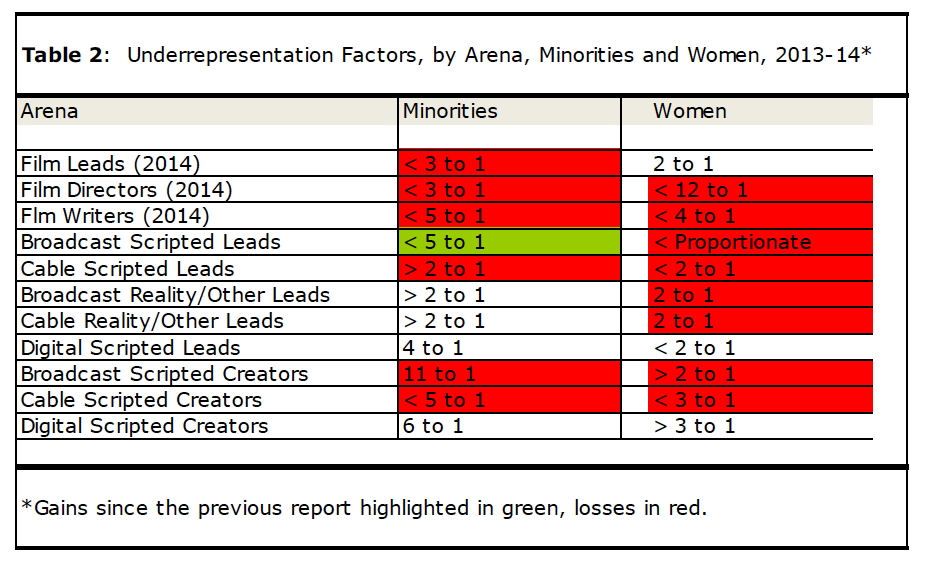
A different kind of buzz
The buzz about the 2018 awards ceremony (hosted again by talk show personality Jimmy Kimmel) started well before the nominations were announced January 23, but the heavy push starts in the week running up to the telecast.
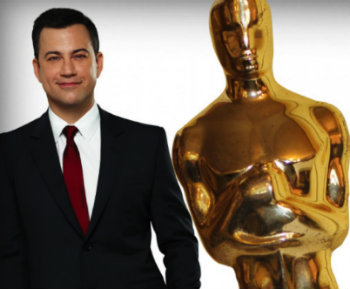
The FYC ads, which also appear in both The New York Times and The Los Angeles Times, aim to influence the 6,000+ voting members of the Academy of Motion Picture Arts and Sciences and are created by the studios to promote their movies. (See my website for ideas on teaching with these ads.)
Hollywood agents are working overtime now—making sure that any nominated client’s name gets out there. That person might be scheduled to appear on a syndicated talk show (e.g., Ellen, the Tonight Show with Jimmy Fallon, Jimmy Kimmel LIVE) or profiled in a magazine (such as Entertainment Weekly, Film Comment or EMPIRE) or on nationally broadcast programs such as The Today Show or CBS Sunday Morning. Already, news articles featuring many of the nominees have appeared in the mainstream press and on popular culture blogs and websites.
And it’s not just the well-known actors who get publicity; directors, art directors, costume designers and even foley artists will be featured because every Academy category (and nomination) is important.
~~•~~
Frank Baker suggests teaching resources related to CCSS/ELA Standard RL.8.7 “Integration of Knowledge and Ideas” (8th grade) in this download – Hollywood Vs. the Truth: Comparing Books, Films & Reality.
~~•~~
Teaching the Academy Awards
For years, the National Council of Teachers of English (NCTE) has advocated for the teaching of “non-print texts,” and motion pictures fall into this category. Although many teachers teach with film, not many have been trained to teach about film.
In addition, most of our students view movies passively: they have not been trained how to view such carefully constructed, motion-oriented media critically. Film and media literacy education demonstrate exactly how to help students “read” the screen and understand the various tools and techniques used by filmmakers. In its online store, NCTE offers several excellent texts which include lists of recommended films and how to teach them, as well as movie-oriented lesson plans at ReadWriteThink. Also see my MiddleWeb articles on visual literacy and film and teaching film literacy without the film.
Going deeper into filmmaking
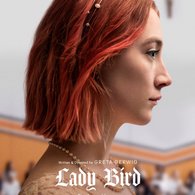
Art would also come into play when studying the design of the movie poster. Teachers might ask students to brainstorm answers to the question: what are the quintessential elements that must be in every motion picture poster? Students could also use Glogster or similar software to create their own marketing posters.
Teacher guides. The Academy of Motion Picture Arts & Sciences (AMPAS) has produced an excellent series of teacher guides designed to help introduce the Oscar categories (including documentaries) as well as the language of film. Its Teacher Guide Series can be downloaded individually at the Education/Outreach section of its website.
/12828/learning-oscars/
Screenplays Online. Another promotional push by the film studios is to give voting members, and now the public, access to the nominated-films’ scripts. This page lists several of those screenplays, which could be downloaded and studied in English language arts, history, and film studies.
Movie trailers. Even though many students may not have seen all of the Oscar-nominated films, they can still view the trailers for the films and read about them online. (The nominees page at the Oscars website includes links to trailers.)

Click to see trailers for Dunkirk and other Best Picture nominees.
Trailers are considered persuasive texts because they are designed to pique the interest of the audience, sometimes months ahead of a film’s release date. Teachers may wish to consider having students create their own trailers (using free software such as iMovie, PhotoStory 3, or Windows Movie Maker). For more on trailers as persuasive texts, see my web page.
Writing about films
If your students have seen any of the nominated titles, they can be tasked with writing reviews which could be posted online. If students have never written a film review, then this is a perfect opportunity to expose them to sample reviews written by film critics. They can also consider whether or not a particular review helps or hurts a film’s attendance. Students could also look for excerpts from published reviews which have now been incorporated into the marketing poster or commercial for a nominated film.
Before starting a unit on film, teachers might wish to use these research questions with their students:
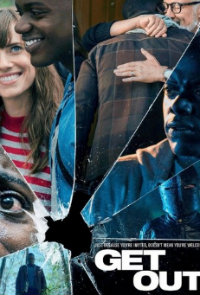
2. What organization disseminates them?
3. Who selects which movies get nominated?
4. What are the specific categories of nominated films?
5. Which genres are represented the most? The least?
6. Who gets to vote for the nominated films?
7. How do film studios promote their film(s) to the voting members of the Academy?
8. Does box office revenue have any role in nominated films—in other words: do movies with large audiences have any better chances of getting recognized than films with smaller audiences?
9. Does box office increase after a film wins an Academy Award?
10. Who gets to attend the annual Academy Awards ceremony?
11. Why does this annual film rite get so much attention?
I’ve recently created two web sites which might be useful here. The Teacher’s Guide to the Academy Awards and the Language of Film web page both offer educators lesson plans, readings and recommended texts and videos.
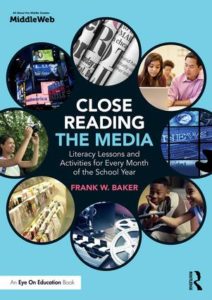
Frank’s latest book, Close Reading the Media, was published by the Routledge/MiddleWeb partnership in 2017.

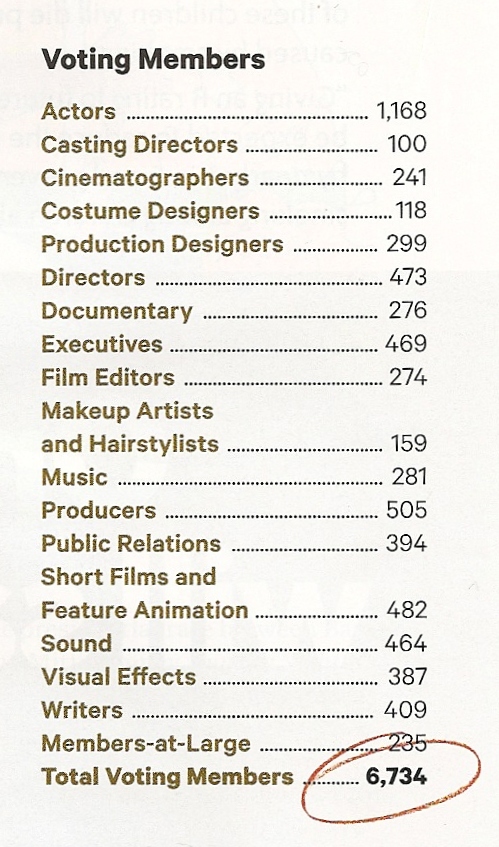



































Nicely accomplished as usual, Frank. Great information for teachers in schools, churches and after school clubs.
Tnx
ABC Oscar Ads Sell Out at Record Price http://hiddenremote.com/2015/02/11/abc-oscar-ads-sell-record-price/